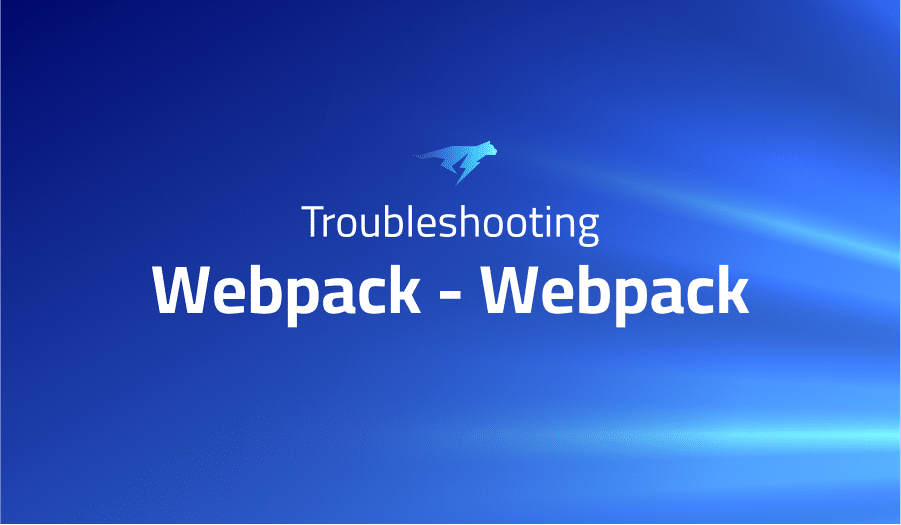

Troubleshooting Common Issues in Webpack Webpack
Project Description
Webpack is a JavaScript module bundler that is primarily used for building modern web applications. It is designed to take the various dependencies that a web application has, and bundle them into a single file (or a few files) that the browser can load.
Webpack works by parsing through the dependencies of a web application and building a dependency graph that shows how everything fits together. It then uses this graph to generate a bundle (or bundles) that can be loaded by the browser.
Webpack has a number of features that make it an essential tool for building modern web applications. It can transform and optimize code, and includes support for a wide range of technologies, including ECMAScript, TypeScript, and Sass. It also has a plugin system that allows developers to extend its functionality and add new features.
Overall, Webpack is a powerful tool that is widely used in the development of modern web applications. It can help to optimize and manage the dependencies of a web application, making it easier to build and maintain complex applications.
Troubleshooting Webpack Webpack with the Lightrun Developer Observability Platform
Getting a sense of what’s actually happening inside a live application is a frustrating experience, one that relies mostly on querying and observing whatever logs were written during development.
Lightrun is a Developer Observability Platform, allowing developers to add telemetry to live applications in real-time, on-demand, and right from the IDE.
- Instantly add logs to, set metrics in, and take snapshots of live applications
- Insights delivered straight to your IDE or CLI
- Works where you do: dev, QA, staging, CI/CD, and production
Start for free today
The following issues are the most popular issues regarding this project:
Uncaught TypeError: Cannot read properties of undefined (reading ‘call’)
To make your micro frontend work with webpack, you’ll need to define a unique name in the package.json file – but NX users have an alternate solution. They can modify the uniqueName attribute within their webpack config so they don’t depend on any defined names from their JSON files.
After carefully configuring the webpack with a distinct name for each microfrontend/app, the previously encountered error was successfully resolved.
Federated Modules: Dynamic Remotes
If you’re uncertain about how to deploy this for React’s lazy-loaded components, have no fear! You can hardcode it into your configuration, add via Server-Side Rendering (SSR), or use any other method that best suits the project.
/* This is basically the same object you'd have in webpack config */
window.__remotes__ = {
'myapp': 'myapp@http://localhost:9001/remoteEntry.js'
};In order to succeed, completing the necessary tasks is key. Make sure these priorities are fulfilled for a successful outcome.
declare global {
interface Window {
__remotes__: Record<string, string>;
}
const __webpack_init_sharing__: any;
const __webpack_share_scopes__: any;
}It’s Really not that Complicated.
You can actually understand what’s going on inside your live applications.





